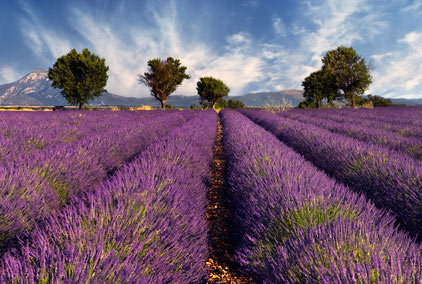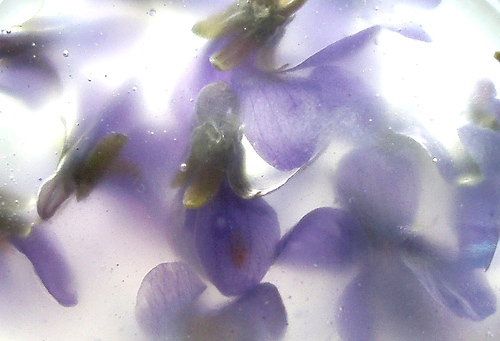
Handmade Fragrances
 The use of flowers as perfume dates back too far to be traced by man. At one time diseases were thought to be transmitted through bad odors, which led to the use of flowers and scents to purify the air. Religious ceremonies using herbs and resins have been used since Egyptian times. Over the centuries flowers have taken on a special meaning. In soap making, these fragrances are prized and often times hard to come by when looking for the perfect scent.
The use of flowers as perfume dates back too far to be traced by man. At one time diseases were thought to be transmitted through bad odors, which led to the use of flowers and scents to purify the air. Religious ceremonies using herbs and resins have been used since Egyptian times. Over the centuries flowers have taken on a special meaning. In soap making, these fragrances are prized and often times hard to come by when looking for the perfect scent.
Today, most of the fragrances you buy are synthetic and do not come from flowers themselves. If you do find a pure flower extraction, it is often times very expensive. But using a technique known as enfleurage you can extract some of the scents of flowers right in your own home. To begin this process you will need to melt down enough solid unscented oil to cover the bottom of at least two large shallow plates. Each plate should have approximately 1/2 inch of the melted substance. The plates need to match so you can place them upside down on top of each other without any gaps. When the fat has solidified, score it in crisscross patterns and fill the space between the plates with the petals of highly scented flowers. If you would like you can add a bit of citrus peel, herbs or spice to accent the scent. Be very careful not to allow any of the plant parts to drop on the plates since they can introduce fungi that will spoil your perfume.
 Seal the plates together with tape and put them aside for two days. After this time you should remove the wilted petals and repeat this process using fresh petals. After eight changes of flowers cut the lard and place it in several small sterile glass bottles, filling each half full. Top this off with pure ethyl alcohol or if cannot get ethyl alcohol that is pure, you can use rubbing alcohol as well. Close each of the bottles tightly and shake them thoroughly. Then place them in a dark area for about 12 weeks. You will need to shake each bottle daily if possible to blend the ingredients. When the 12 weeks are up, use a funnel with a piece of muslin placed over it to pour the perfume into a bottle. The muslin will strain out all the fat globules. Next you should add a very small amount of fixative oil as a preservative. If you prefer to measure the amount of fixative it should be approximately two drops per 1/4 cup of perfume. In this process the aroma of the petals you have chosen are absorbed by the lard and held by the alcohol. The best aromatic flowers to use are gardenias, roses, honey suckle, lavender and carnations. Any aromatic mixture must be composed carefully to achieve the perfect blend. It is best to choose one ingredient for the primary fragrance and then add small amounts of other scents to get the best results.
Seal the plates together with tape and put them aside for two days. After this time you should remove the wilted petals and repeat this process using fresh petals. After eight changes of flowers cut the lard and place it in several small sterile glass bottles, filling each half full. Top this off with pure ethyl alcohol or if cannot get ethyl alcohol that is pure, you can use rubbing alcohol as well. Close each of the bottles tightly and shake them thoroughly. Then place them in a dark area for about 12 weeks. You will need to shake each bottle daily if possible to blend the ingredients. When the 12 weeks are up, use a funnel with a piece of muslin placed over it to pour the perfume into a bottle. The muslin will strain out all the fat globules. Next you should add a very small amount of fixative oil as a preservative. If you prefer to measure the amount of fixative it should be approximately two drops per 1/4 cup of perfume. In this process the aroma of the petals you have chosen are absorbed by the lard and held by the alcohol. The best aromatic flowers to use are gardenias, roses, honey suckle, lavender and carnations. Any aromatic mixture must be composed carefully to achieve the perfect blend. It is best to choose one ingredient for the primary fragrance and then add small amounts of other scents to get the best results.